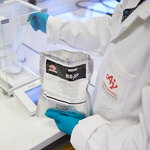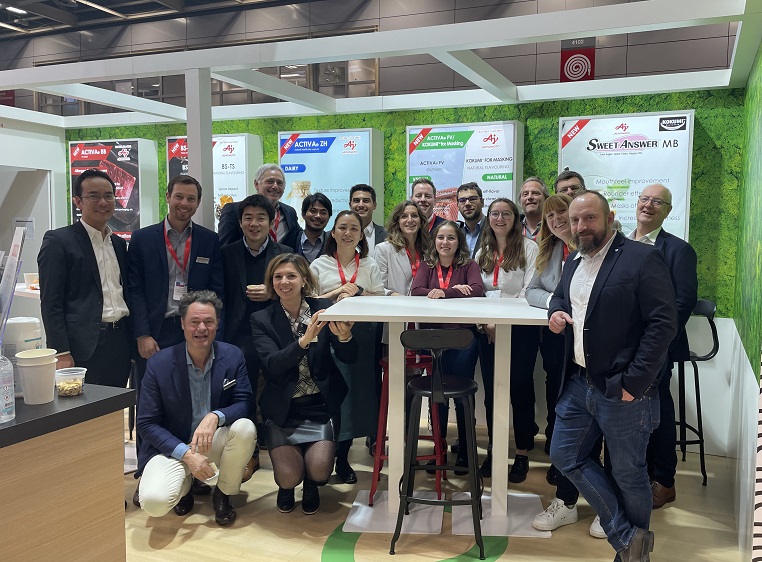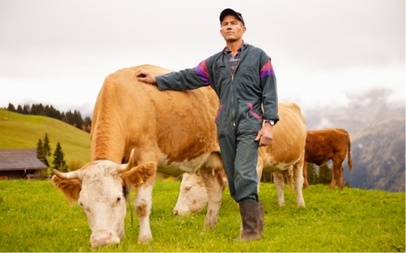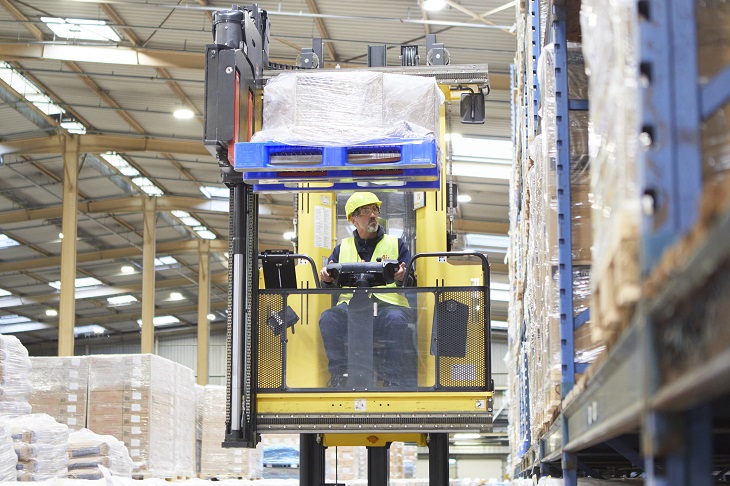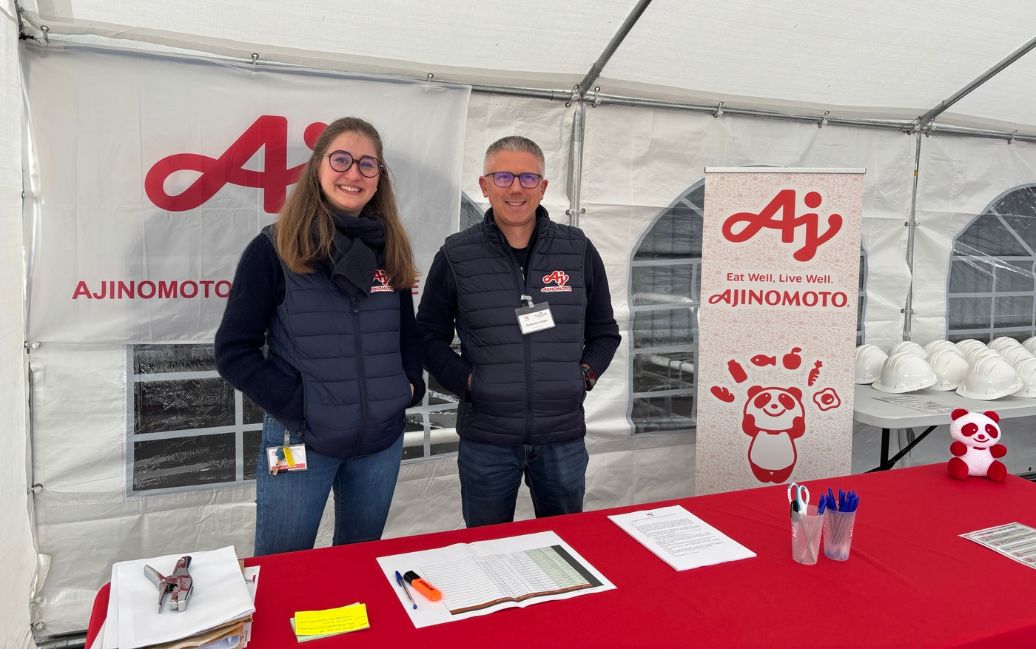Second Response Team, a key role at our Nesle site


Thibaut, you’ve been working for Ajinomoto for several years now. How have you seen your role evolve?
Thibaut TRICOTTEUX, Resource Manager / Equipment Manager, SRT for 14 years “Ajinomoto does everything it can to ensure that our skills develop, that as SRTs we are trained and that we have the equipment we need to carry out our mission. Every year we make specific investments in personal protective equipment, in equipment to combat the various hazards identified, and also in our premises. It’s rewarding to know that we’re supported in our mission by ongoing training, investment in equipment and recognition.”
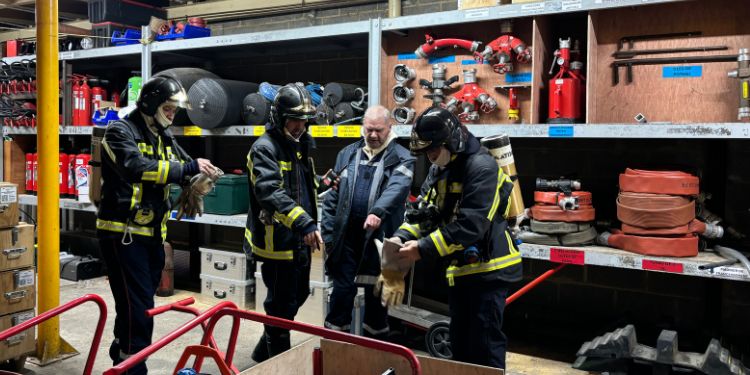
What made you want to join the SRT team?
Hélène “As an HSE Technician, I look after the safety of people, the site and the environment. Being an SRT is a bit like an extension of my job. What’s more, the role of SRT is consistent with my values. It’s essential for me to have a role to play in protecting the health and safety of people, but also our facilities.”
Julien “We need SRT on site. Whatever our sector of activity (administrative services, laboratory, production, etc.), it’s an essential role. Ajinomoto offers an accessible and very interesting training programme. We are trained on site using our own equipment.”
Thibaut “Being an SRT means playing a preventive role and, in the event of an incident, ensuring safety on site before external emergency services arrive. We don’t just protect the employees and the site, our role is also to protect the surrounding area and our neighbours.”

What do you get out of it professionally and/or personally?
Hélène “This role has enabled me to acquire new skills, particularly with regard to the technical side and the industrial process on site. Working as part of a team, with other departments, is also a motivating and satisfying factor. It doesn’t matter what department or job you’re in, we’re all SRT people with the same objective.”
Julien “In the same way as the FAW training, it enables us to develop skills that we can use in both our professional and private lives.”
Thibaut “As an SRT, I’ve developed my ability to manage stress and show composure in crisis situations.”
Hélène, Julien, Thibaut “We can all say with one voice that we’re proud to wear this hat and to have an essential role to play in the event of an incident to ensure the safety of people, the site and the surrounding area. It gives us all real satisfaction.”
Today, 56 second response team members are working at our Ajinomoto site in Nesle. We congratulate them and thank them for their daily commitment.

